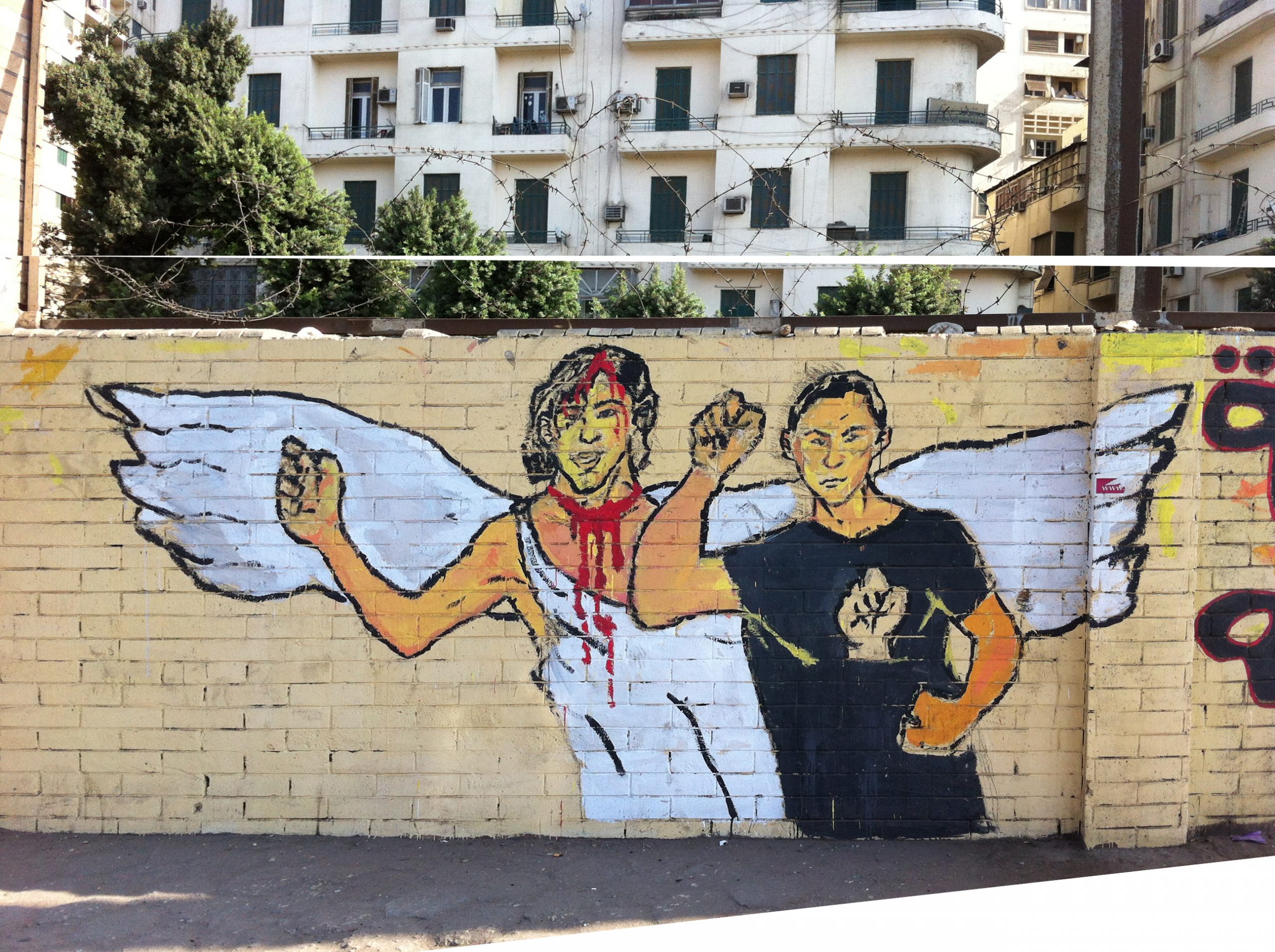-

Welcome to ilikum
ilikum (pronounced ee-lay-kum) features music, visual art, film, drama, dance, electronic media, and other culture generated in the Middle East or globally by Middle East diaspora. This collection demonstrates the importance culture plays in positive societal and political change versus how little governments achieve through policies that rarely move societies progressively or benefit the populations…
